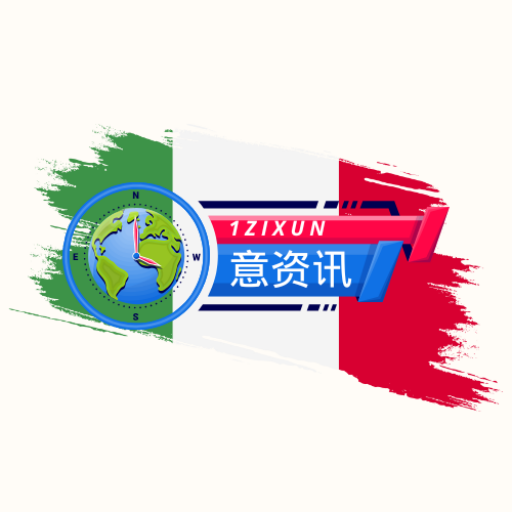New US tariffs on goods from dozens of global economies entered into force at midnight Washington time (6 AM Italian time), marking the implementation of the revised trade order championed by President Donald Trump.
“Billions of Dollars will start pouring into the USA, largely from countries that have taken advantage of us with enthusiasm for many years,” Trump declared on his Truth Social platform minutes before the deadline. These tariffs replace the blanket 10% duties imposed in April for the affected economies. President Trump stated the goal is to rebalance trade between the US and its partners, whom he claims have “benefited” from the world’s leading economic power.
The tariffs now in effect range widely, from 15% to 41%. Major US trade partners including the European Union, Japan, and South Korea now face a minimum tariff rate of 15%.
Regarding the EU-US tariff agreement, EU Trade Spokesperson Olof Gill confirmed the bloc transmitted “aggregated intentions on energy spending and European companies’ investments in the US economy” to the US administration. “These commitments are not binding: the Commission lacks the power to enforce them. However, they represent intentions conveyed in good faith, following consultations with our industries and member states to obtain a clear picture of the outlook,” Gill stated. He added, “We secured a commitment for a uniform tariff ceiling of 15% applying to all products. This is the sole agreement with the US that imposes no additional tariffs beyond Most Favored Nation rates. The commitment” formalized in the July 27th agreement “also covers pharmaceuticals and chips.”
European Markets Rise Amid Focus on Trump-Putin Summit**
European stock markets absorbed the impact of the 15% tariffs while simultaneously gaining ground, partly driven by hopes for a Russia-Ukraine truce. The Kremlin confirmed an upcoming summit between Presidents Putin and Trump. Frankfurt’s DAX, initially weak following a worse-than-expected 1.9% drop in German industrial production, surged to +1.9% before settling at +1.4%. Paris followed (+1.1%), while Moscow’s MOEX jumped 4.7%. Milan was more subdued (+0.5%), led by top performer Interpump (+6%), followed by Buzzi (+5.1%), Prysmian (+3.8%), and Stellantis (+2.95%). Leonardo suffered (-5.98%) alongside profit-taking on Bper (-1.4%). Zurich tracked gains (+1%) despite Switzerland facing 39% tariffs; its government held an emergency meeting today, and a last-ditch diplomatic mission by the Swiss President to Washington appears to have yielded no breakthrough.
Amidst this, the Italy-Germany bond yield spread (BTP-Bund) held steady at 79 basis points, with the Italian 10-year yield dipping slightly below 3.44%. Oil prices firmed, with WTI at $64.8 (+0.7%) and Brent above $67.3 (+0.73%). Natural gas fell 0.85%, nearing €33. The euro was flat against the dollar, trading at $1.1665.
Lula Contacts Modi and Xi to Coordinate Response to US Tariffs**
In Brazil, Special Advisor to the Presidency Celso Amorim confirmed a scheduled phone call today between President Luiz Inácio Lula da Silva and Indian Prime Minister Narendra Modi to discuss the US tariff hike. Chinese leader Xi Jinping is expected to be contacted next. According to local media reports, Lula is exploring a coordinated BRICS response to the US tariffs, a topic previously discussed at the bloc’s leaders’ summit in Rio de Janeiro in July.
